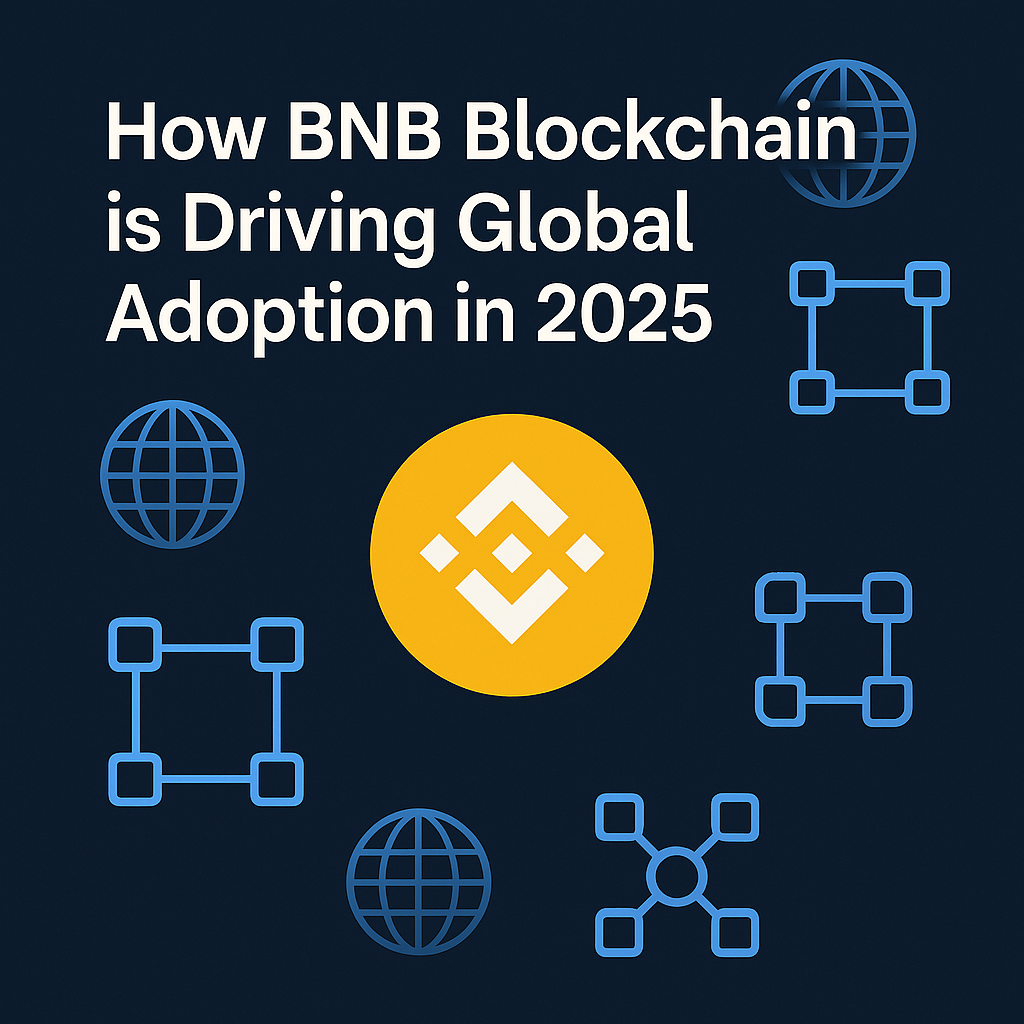
Why Restaking on BNB Chain Matters Now
Restaking is the practice of re-using staked collateral (or liquid staking receipts) to secure additional services beyond a base blockchain. On BNB Chain, this can extend security to cross-chain bridges, data layers, price oracles, decentralized sequencers, rollup services, and more—collectively known as Actively Validated Services (AVS).
- Capital Efficiency: Put the same economic collateral to work across multiple security markets.
- Composability: Plug restaked collateral into DeFi, payments, and dApps running on BNB Chain.
- Yield Stacking (with discipline): Combine base staking yield with AVS rewards—while respecting correlated risk.
- Security Budget Expansion: AVS can “rent” security from restakers, improving the reliability of on-chain services that ICF will depend upon.
AVS in Plain English
An AVS is any service that benefits from crypto-economic security: oracles, keepers, verifiable computing, data availability, messaging relays, and even domain-specific settlement layers. Restakers delegate validation power to AVS operators and earn fees/tokens for providing security guarantees.
ICF Angle
Infinity Cardano can selectively procure AVS security for price feeds (ICF/BNB/ADA pairs), proof-of-delivery attestations in e-commerce, agri-supply chain checkpoints, and green-energy meter data. This yields a sturdier backbone for the ICF utilities set.
BNB Chain + ICF: A Three-Layer Flywheel
- Base Yield: Stake assets (native or liquid) within BNB Chain’s validator economy.
- AVS Rewards: Allocate a portion to AVS that harden ICF’s oracle/attestation/DA needs.
- ICF Utility Demand: As services become more reliable, ICF utilities—staking, DAO votes, NFT programs, agriculture finance, green energy credits, education proofs, and e-commerce payments—gain user trust, prompting more liquidity and more staking.
Security ➜ Trust ➜ Utility ➜ Volume ➜ More Security — the compounding loop that BNB Chain’s restaking unlocks for ICF.
Designing a Restaking Strategy for ICF
Principles
- Risk-Tiering: Only commit to AVS with transparent slashing rules and audited contracts; separate “critical infra” AVS from “experimental” AVS.
- Duration Buckets: Use short (30–90d) and long (180–360d) restaking tranches for flexible treasury management.
- Reward Recycling: Reinvest a portion of AVS rewards into ICF liquidity and grants, compounding network effects.
- Diversification: Limit single-AVS exposure and single-operator concentration.
Policy Controls
- Treasury Guardrails: Maximum X% of ICF treasury to restaked positions; cap per AVS and per operator.
- On-chain Reporting: Publish monthly dashboards for yield, slashing events (if any), and counterparty risk.
- DAO Oversight: ICF token holders vote on AVS whitelists/blacklists and tranche sizes.
ICF Utilities Strengthened by BNB Chain Restaking
Staking & DAO
ICF’s native staking can pair with restaking to fund security for oracle/attestor networks that the DAO relies on for proposals, quorum checks, and payout triggers.
NFT & Commerce Rails
NFT receipts (education credentials, agri produce certificates, carbon claims) improve when their metadata is backed by AVS-validated oracles and verification services.
Agriculture & Green Energy
AVS-backed proof feeds can attest to rainfall, crop yield, or inverter outputs, unlocking parametric payouts and proof-of-generation credits.
Education
Credential issuance with timestamped attestations reduces fraud and enables scholarships tied to on-chain milestones.
E-commerce
Escrow releases can depend on AVS-verified logistics events (pickup, customs scan, delivery), minimizing disputes and improving settlement times.
Cross-Chain Reach
When ICF needs to interoperate with ADA/BNB flows, AVS-secured messaging and relays can lower bridge risks.
Token Economics: ICF Facts & Optional Levers
| Parameter | Detail | ICF ↔ BNB Chain Implication |
|---|---|---|
| Total Supply | 1,000,000,000 ICF | Room for broad community staking and DAO allocation. |
| Utilities | Staking, DAO, NFT, Agriculture, Green Energy, Education, E-commerce | Each utility can consume AVS-secured services for reliability. |
| Tax (Optional) | Adjustable 0–3% (Marketing, Treasury, Burn) | Routing a slice to AVS fees can stabilize security budgets. |
| Liquidity Lock | Until 2027 | Signals long-term alignment while restaking grows. |
| TGE | Dec 25, 2025 | Launch planning can integrate BNB Chain restaking lanes from day one. |
ICF × BNB Chain: AVS Procurement Blueprint
Step-by-Step
- Map Critical Services: Oracles for ICF pairs, delivery attestations, carbon/energy meters, education registries.
- Whitelist AVS: Score by audit status, uptime, slashing design, and operator decentralization.
- Choose Collateral Type: Native stake or liquid staking receipts that integrate smoothly with BNB Chain DeFi.
- Set Tranche Limits: Initial pilot with small caps; scale on clean performance over 90–180 days.
- Automate Rewards: Route AVS rewards to a DAO-controlled vault with transparent distributions (buybacks, LP incentives, grants).
- Report & Iterate: Monthly on-chain reports; adjust exposure based on yield/risk and service reliability.
Risk, Compliance, and Treasury Controls
Restaking introduces correlated risk. If an AVS misbehaves or an operator faces downtime, collateral can be slashed. To protect ICF holders:
- Concentration Caps: No more than Y% to any single AVS or operator cluster.
- Insurance Buffer: Maintain a non-restaked reserve for emergency liquidity and buybacks.
- Legal & Disclosure: Plain-English documentation of slashing conditions, jurisdictions, and counterparty relationships.
- Technical Audits: Prefer AVS with recent third-party audits and bug-bounty coverage.
KPIs Investors Should Watch
- Effective APY: Net after fees and AVS commissions, not headline rates.
- Security Incidents: Count and severity; time to resolve; slash-event transparency.
- Service Uptime: Oracles, attestations, DA availability—core to ICF commerce and utilities.
- Liquidity Depth: ICF pairs on BNB Chain venues; slippage at target trade sizes.
- DAO Participation: Voting turnout and proposal cadence for treasury and AVS policy.
Roadmap: From Pilot to Scale
- Pilot (0–3 months): Spin up DAO policy; restake a small tranche to 1–2 audited AVS serving oracles and attestations; publish monthly dashboards.
- Expand (3–9 months): Add diversified AVS (keepers, DA service). Route a portion of AVS rewards to LP incentives and builder grants in agriculture and green-energy dApps.
- Scale (9–18 months): Mature risk engine (automated caps, alerting), formal insurance buffers, and cross-chain routing for ADA↔BNB ICF flows.
The Investor Takeaway
BNB Chain’s restaking and AVS economy can multiply security where ICF needs it most—price integrity, logistics proofs, real-world data, and cross-chain messaging. When combined with ICF’s 1B-supply, multi-sector utilities and DAO-first treasury policy, the result is a durable, investor-friendly loop: higher reliability ➜ higher utility ➜ deeper liquidity ➜ stronger security. With thoughtful guardrails, ICF can capture yield without sacrificing resilience—positioning the ecosystem for sustainable growth into and beyond the TGE on December 25, 2025.








